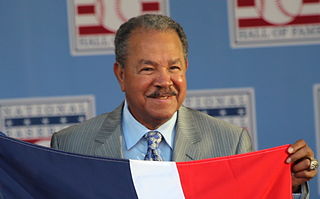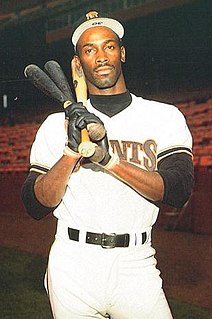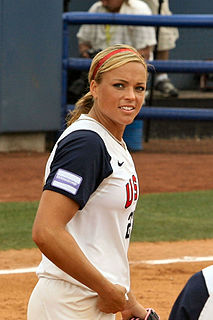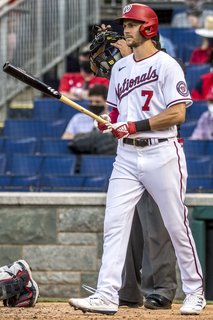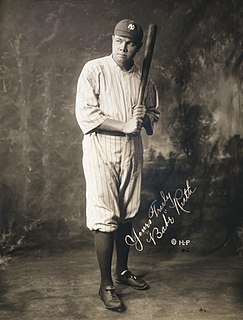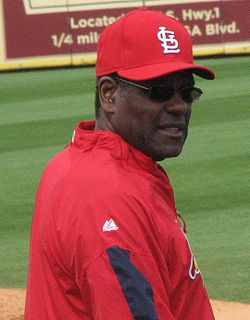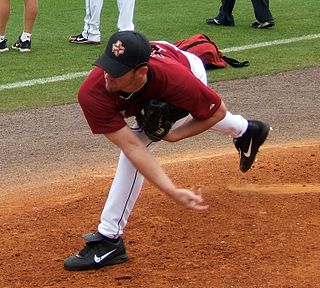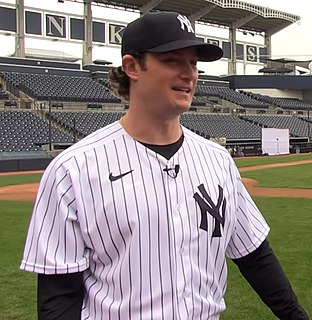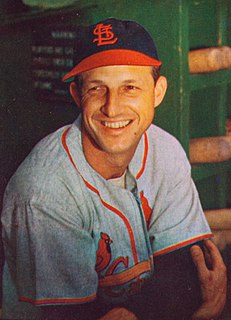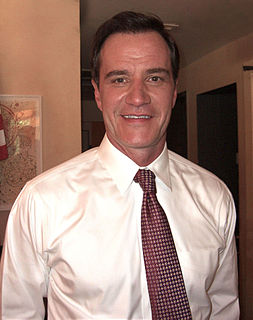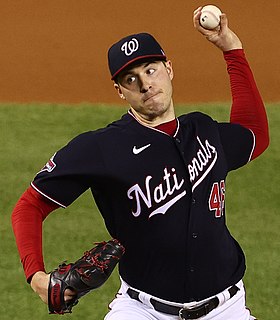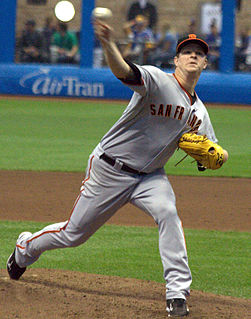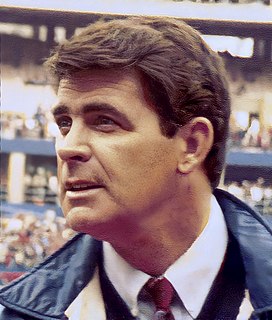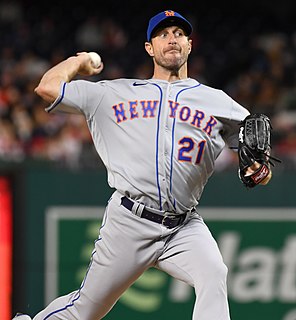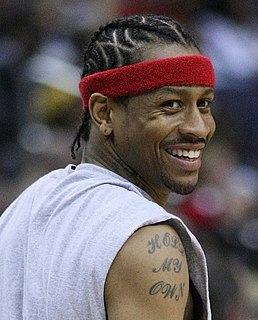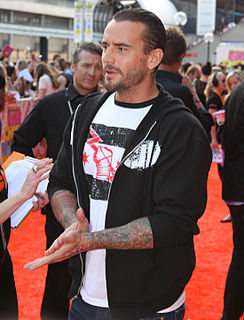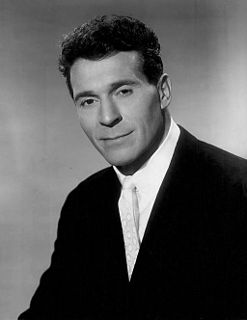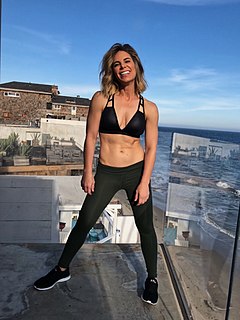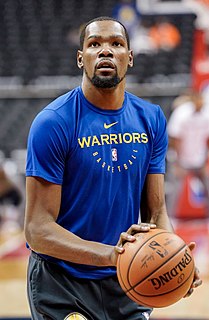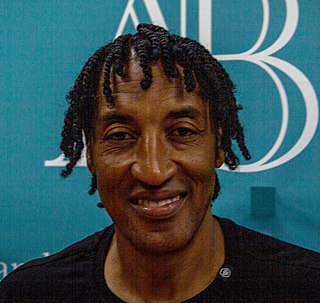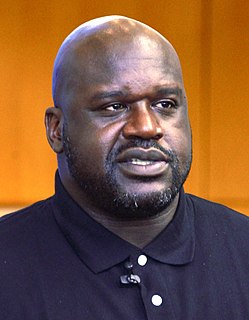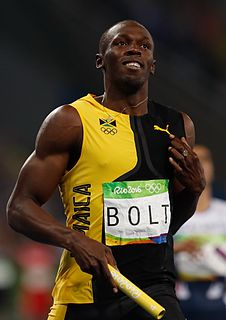A Quote by Juan Marichal
I have five pitches. Fast ball, change, curve, slider, screwball. I don't know any hitters. Catcher, he tells me what to do. I can get any pitch I want over the plate.
Related Quotes
The curve and the fast one are important; the change of pace and the other trick deliveries are great but they're not worth a plugged nickel unless you have control to go along with them. And by control I don't mean the ability to put the ball over the plate somewhere between the shoulders and knees. I mean the ability to hit a three-inch target nine times out of ten, the sort of control that lets you put the ball in the exact spot you want it, and to play a corner to the split fraction of an inch.
The pitch would normally be low, but my ball starts carrying and stays on a sustained plane. Everyone always complains - 'that ball is low' - but then you go back and look at the tape, and it's right there. My catchers tell me, and the hitters tell me, that the ball stays true flight the last five or six feet.
